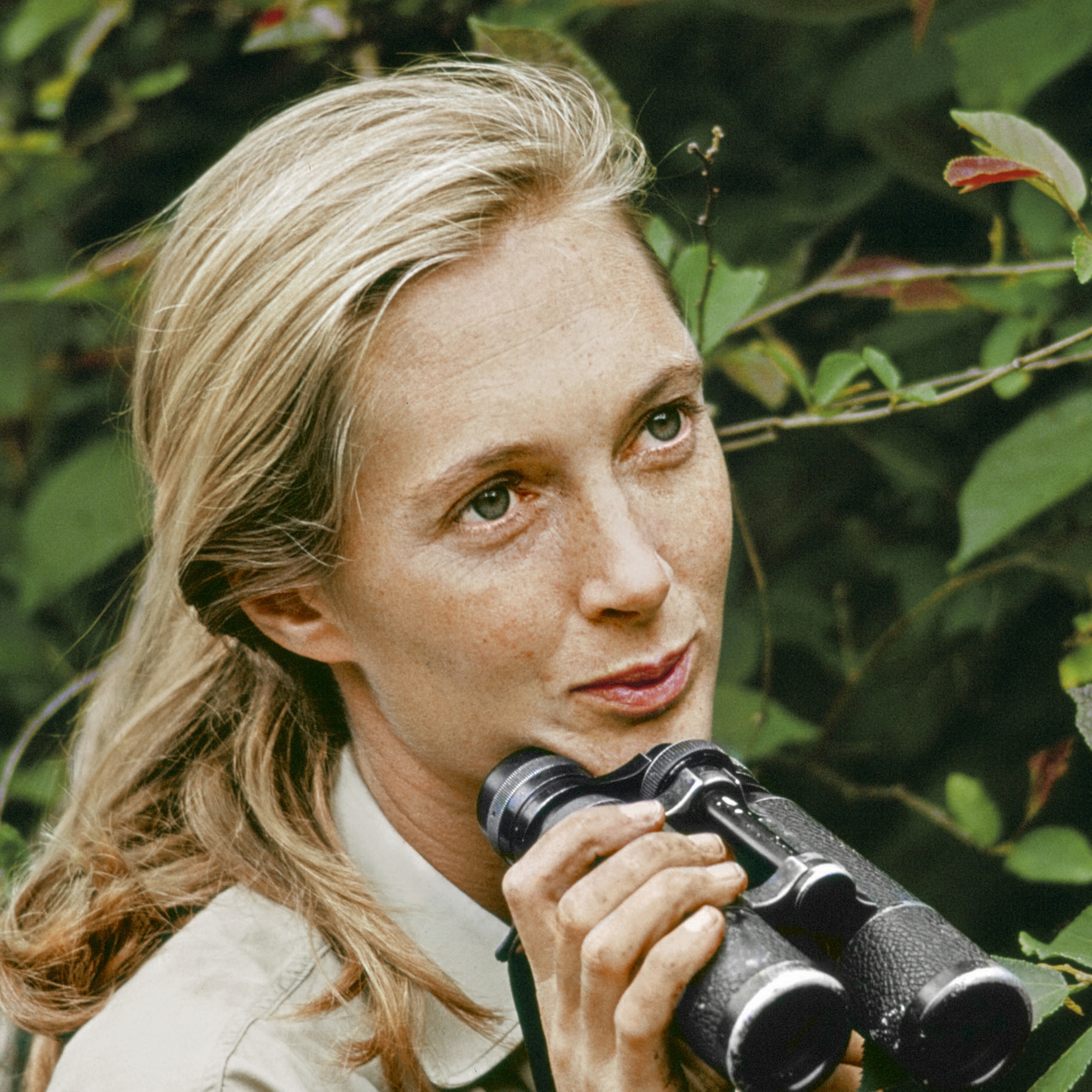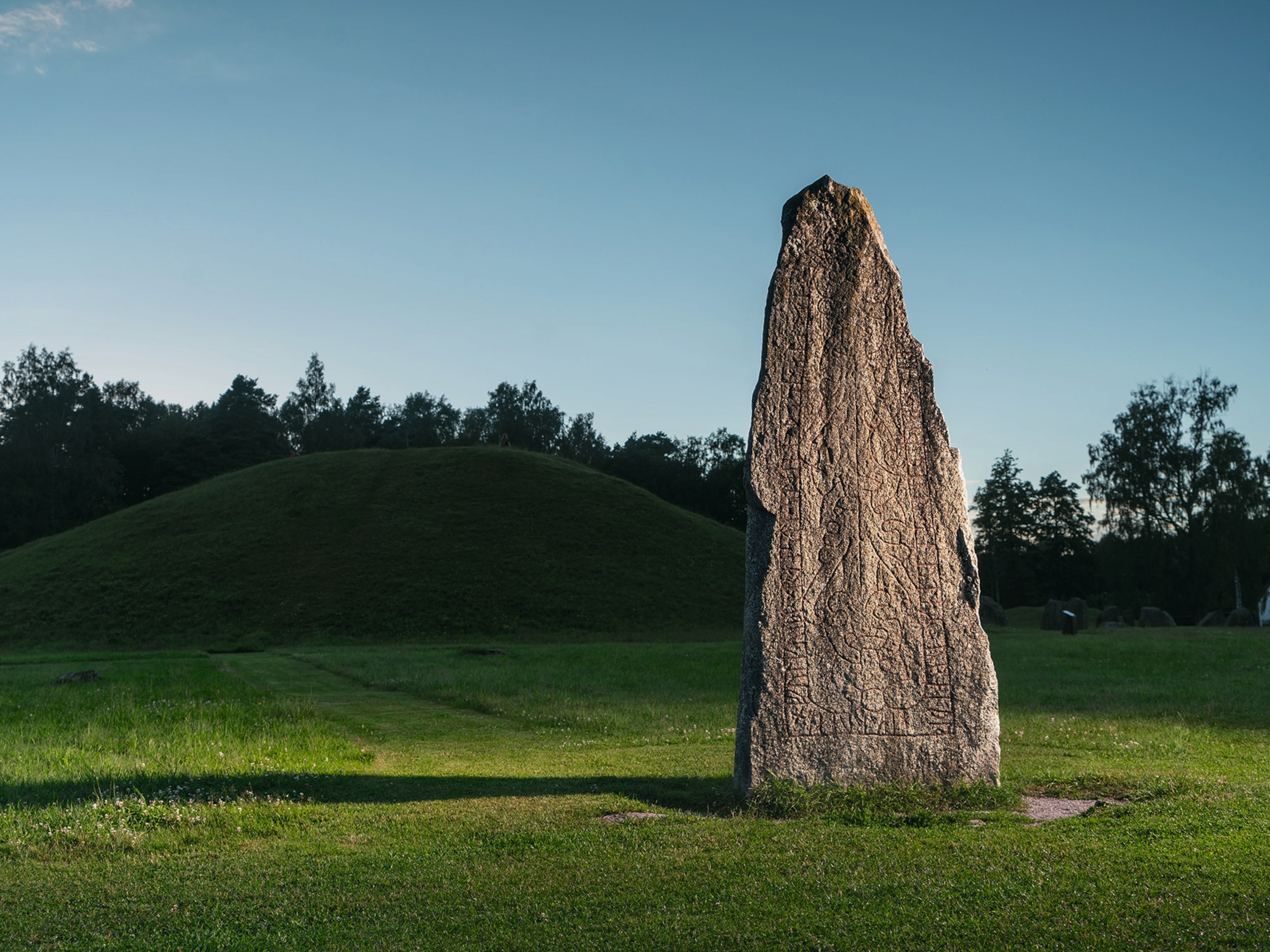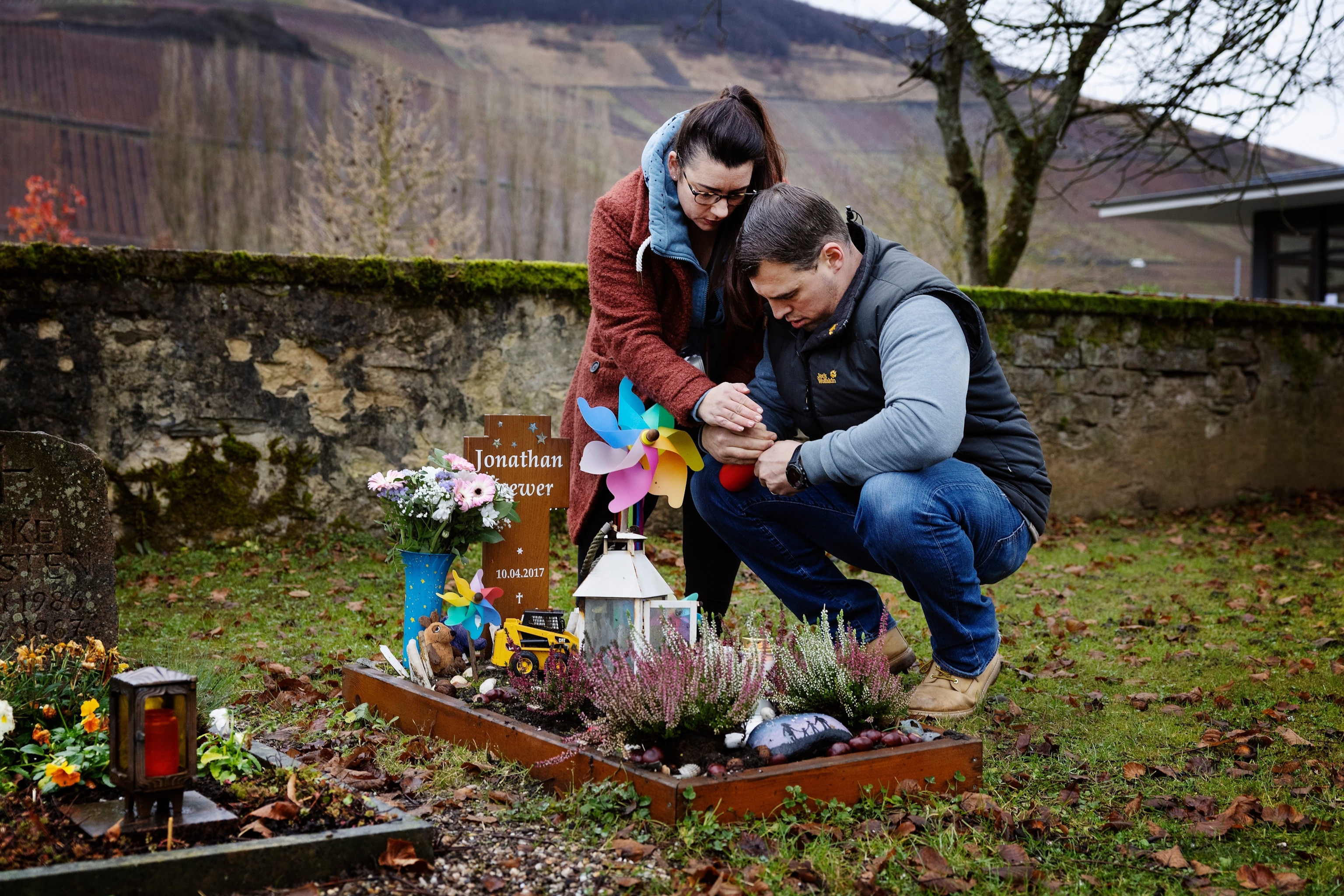
These public spaces honor the private grief of pregnancy loss
An estimated 23 million global miscarriages and 2.6 million stillbirths occur every year. These gardens, monuments, and other sacred spaces acknowledge the grief of pregnancy loss.
Berlin, Germany — Among the bouquet-adorned headstones, majestic mausoleums, and tree-lined paths at some cemeteries in Germany lie rows of graves with distinct features. These final resting places are smaller, often decorated with stuffed animals, toy trucks and cars, dolls, and pinwheels spinning in the breeze. On some headstones, names are inscribed; others bear only a single, telling date.
These sacred monuments honor sternenkinder, or star children: stillborn babies and infants who died soon after birth.
Corinna Hansen-Krewer’s son Jonathan is among them. Stillborn at 38 weeks, Jonathan is buried in a small cemetery near the family’s home in Longuich, a town in southwest Germany. After his death in 2017, Hansen-Krewer went to her son’s grave at least once every day. Her visits now are less frequent, but no less significant.
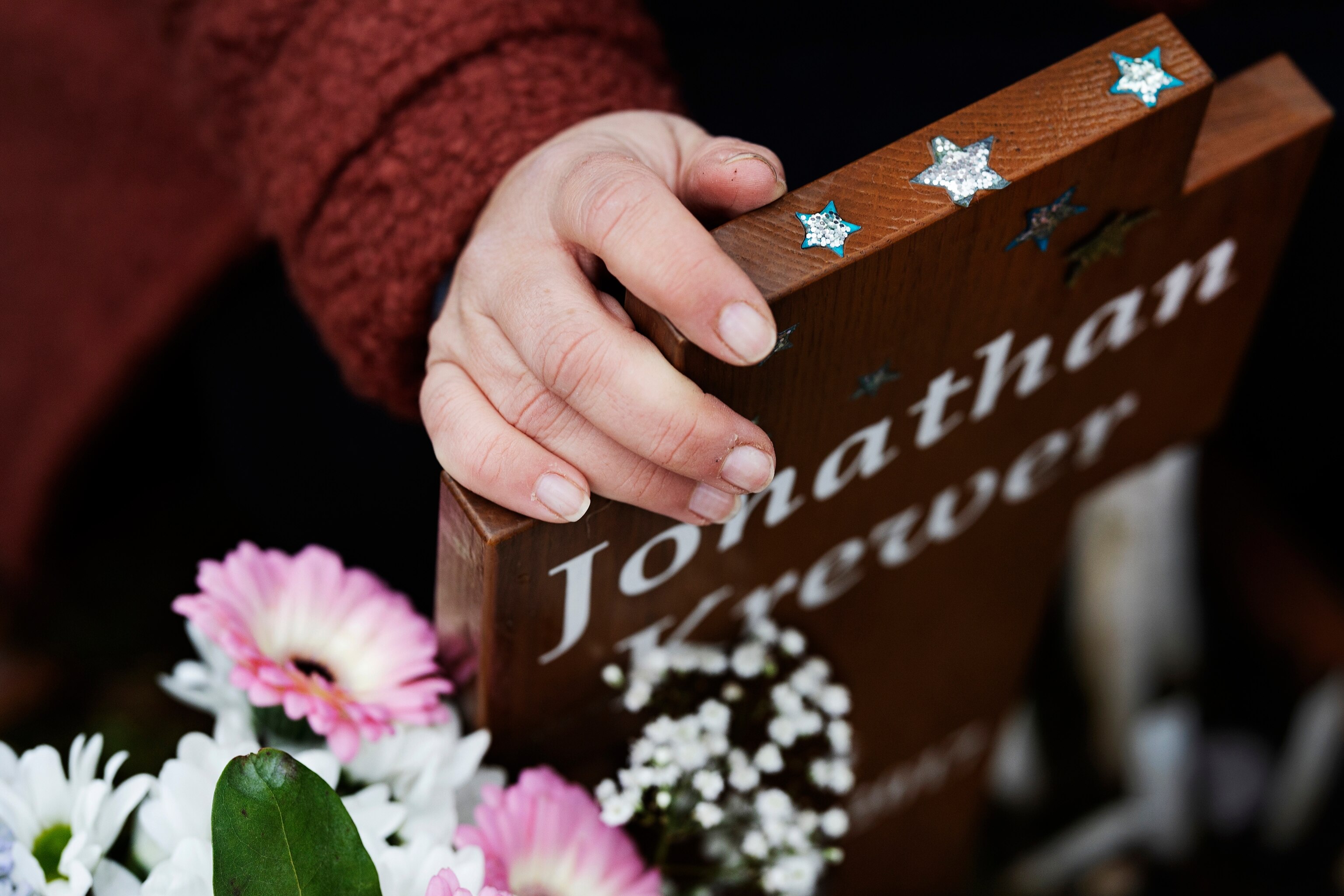
“On his birthday he gets a present, also on Christmas, on Easter a little Easter bunny stands on his grave,” Hansen-Krewer says, adding that every year on the anniversary of Jonathan’s death, she sits at his gravesite “because it feels strange to me to leave him alone in this moment of death. Even if it was almost five years ago, I always feel very close to him.”
The heartbreaking experiences of parents like Hansen-Krewer are beginning to receive more global recognition. Pregnancy and Infant Loss Awareness was marked during the month of October with candlelight vigils and other events in countries across the world.
Such initiatives have helped bring attention to an issue that affects tens of millions of people. According to data from The Lancet, an estimated 23 million global miscarriages occur annually—that’s 44 per minute—with another estimated 2.6 million stillbirths every year. Celebrities, including Meghan Markle, Chrissy Teigen, and Beyoncé, have also started speaking out about their own experiences with pregnancy loss, and social media has amplified the cause, too.
Even with the growing public discourse, however, many parents still long for their losses to be acknowledged in a more tangible way. That’s where places like sternenkinder gardens can serve a critical role: They not only offer permanent places for families to grieve, but also serve as a powerful public recognition of an issue that has for decades been relegated to private spaces.
Beyond Germany, other countries are building dedicated parks, monuments, and gardens honoring pregnancy loss and stillbirths. In Japan and other Asian cultures, a ritual involving Jizo statues—small figures representing a Buddhist deity believed to protect the spirits of unborn children—is starting to catch on in the United States and other Western countries. Bereavement experts and many affected parents say such developments are long overdue—and a necessary component of the grieving process.
“Our grief is all the more legitimized when we have representations and rituals that honor pregnancy and infant loss,” says Jessica Zucker, a psychologist and maternal mental health expert whose Instagram account @IHadAMiscarriage led to a book project. “Together we mourn; together we understand we are not alone. Integrating death into everyday life helps to normalize our pain.”

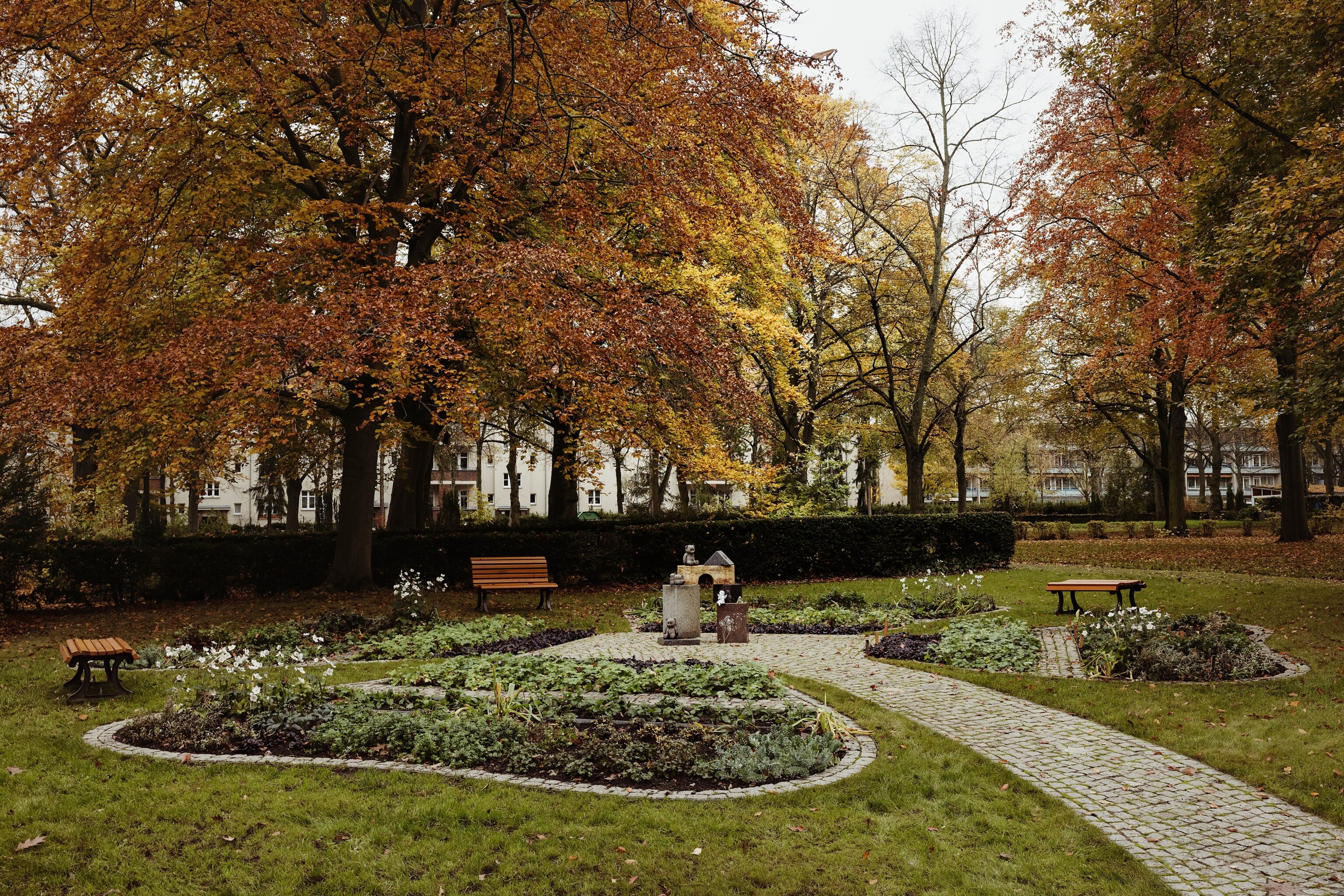
Community and connectedness
I first noticed sternenkinder gardens in spring 2020, soon after my family moved to Berlin as the world plunged into the pandemic. I’ve always loved exploring cemeteries. To me, they offer fascinating microcosms of cultures and cities. But during those first months in the German capital, I started seeking them out as often as I could. Wandering the leafy rows of gravestones provided a deep sense of calm and perspective during the chaos of navigating both a global crisis and culture shock.
Seeing those tiny, toy-sprinkled graves for the first time immediately transported me back to my own pregnancy loss in 2013: overwhelming, gut-punching grief, compounded by a society that had no idea how to provide support. But in that sternenkinder garden eight years after my personal tragedy, I felt a sense of quiet comfort. I’d never before seen any sort of public acknowledgement of a bereavement like mine.
Organizations such as the Stillborn and Neonatal Death Charity (Sands) are among those changing that. The nonprofit has helped fund 111 gardens, plaques, monuments, and dedicated benches across the United Kingdom that honor baby loss. The first monument was at the National Memorial Arboretum in Staffordshire, in 2000; the most recent stands in Devizes, Wiltshire, in a public park instead of a cemetery—an intentional decision by the organizers, a Sands member group.
“We wanted it in a public place so that anyone could go,” says Sands volunteer Teresa Steele, who spearheaded the campaign. She lost her daughter Monica at 29 weeks to preeclampsia in 2010. “It’s not hidden away, everyone can see it, and that’s the whole point. Having it more out in the open leads to discussions.”
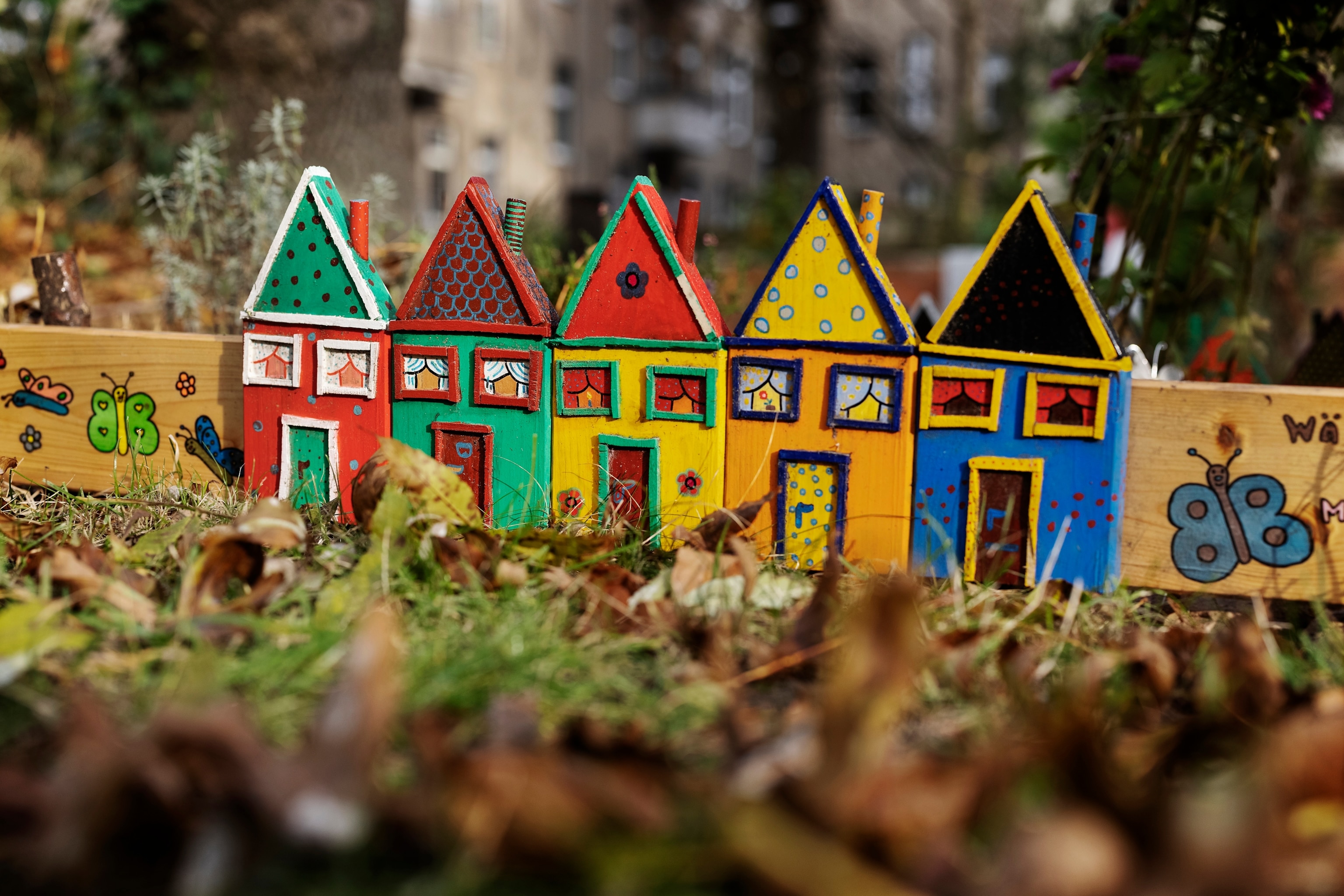
In the Netherlands, about 160 monuments dedicated to stillborn babies have been erected since the 1990s, according to Laurie Faro, a Netherlands-based cultural researcher and bereavement expert.
In North America, meanwhile, more public spaces are taking shape, such as the Little Spirits Garden unveiled about a decade ago in Victoria, British Columbia. Claiming to be the only one of its kind in Canada, the garden features small “spirit houses,” which are made of concrete and feature a womb-shaped cutout motif to honor pregnancy and infant loss. Other offerings include cedar “memory flags” that hang from trees, natural stone tablets with bronze plaques for parents to customize, and a granite ossuary. In California’s San Francisco Bay Area, The Memory Garden will soon provide its own dedicated space for people “to reflect and heal pregnancy and fertility loss,” according to its website.
The Jizo Foundation is furthering the cause across the United States. The nonprofit’s namesake refers to the Buddhist deity believed to be the protector of the spirits of unborn babies. In Japan, small stone statues of Jizo’s likeness, usually adorned with red bibs and caps knitted by grieving parents as part of the healing ritual, are a popular way to honor pregnancy loss and can be found at temples and other sites across the country. The organization, according to its website, hopes to create similar grieving sites in parks or existing public gardens “that will help heal thousands of grieving families.”

Jizo statues were the reason that Zucker, the psychologist and maternal health expert, took her first trip to Japan. A few years after her traumatic 16-week miscarriage, she traveled approximately 5,500 miles from her home in Los Angeles to Tokyo specifically to visit the Garden of Unborn Children, located at the site of the 14th-century Zojoji Temple. Hundreds of stone Jizo statues line the walls near the temple, and the mizuko kuyo, a Japanese Buddhist memorial ceremony that honors pregnancy and perinatal loss, takes place regularly.
“As soon as I got to the garden and saw the intricate statues with swirling pinwheels, I felt a visceral sense of community and connectedness—not only with regard to my own grief but that of other people,” says Zucker, who dedicated a chapter to her experience at the garden in her book, I Had a Miscarriage: A Memoir, a Movement.
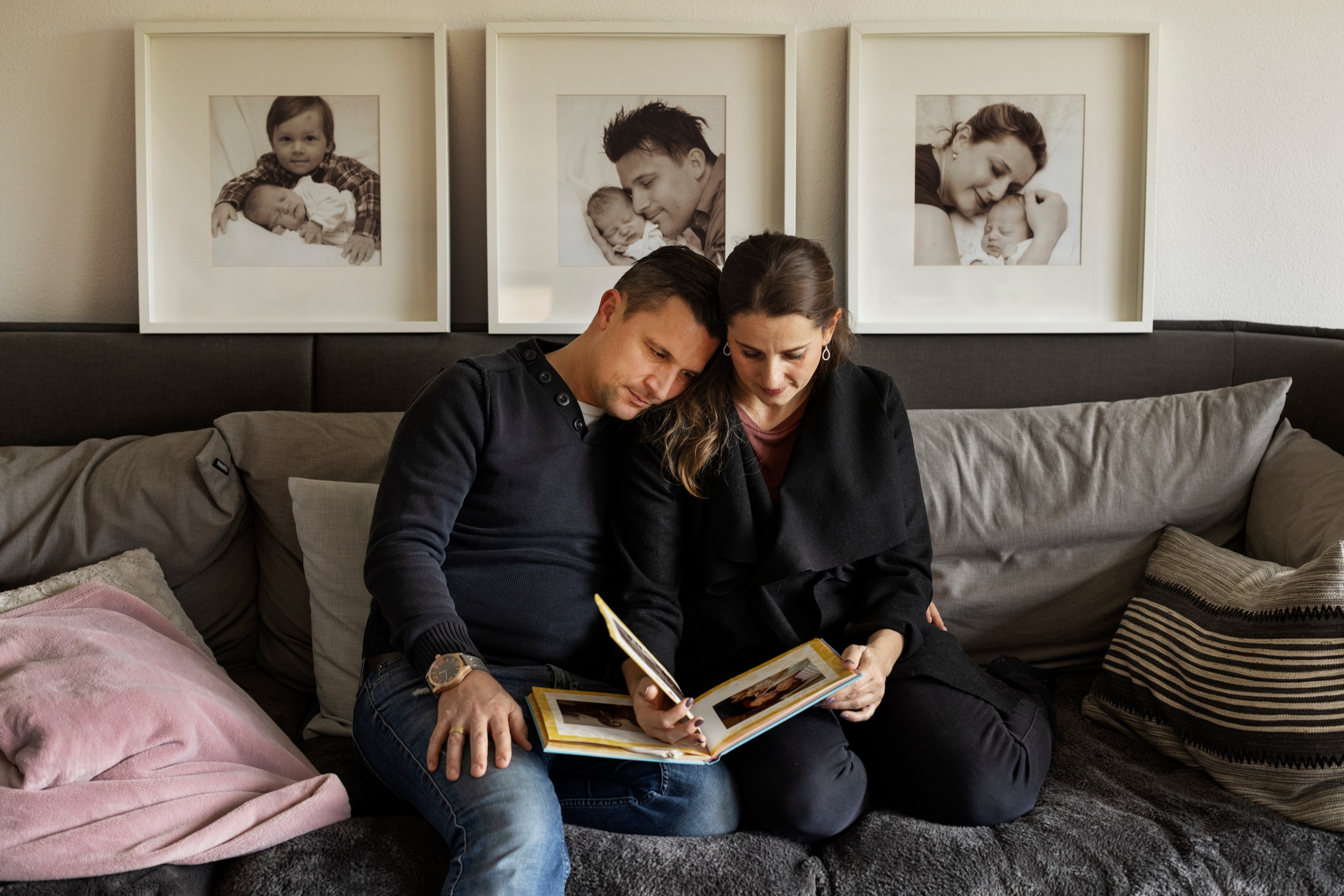
“Like it hadn’t existed at all”
The growing number of dedicated monuments and public spaces honoring pregnancy loss marks a significant shift in societal attitudes regarding the issue. Faro, the bereavement expert, says up until the 1980s, parents in some countries weren’t even allowed to say goodbye to their stillborn children after delivery, let alone mourn at a funeral or other memorial service. According to her research, the medical community at the time focused on “breaking bonds,” based on a Freudian theory surmising that separation jump-starts healing. Hospital staff immediately whisked stillborn babies away to the morgue for burial in mass graves, many unmarked, or cremation.
“Most of the time in the Netherlands, women returned home from the hospital, and there was nothing: Everything had been taken away that reminded them of their baby,” Faro says. “It was like it hadn’t existed at all.”
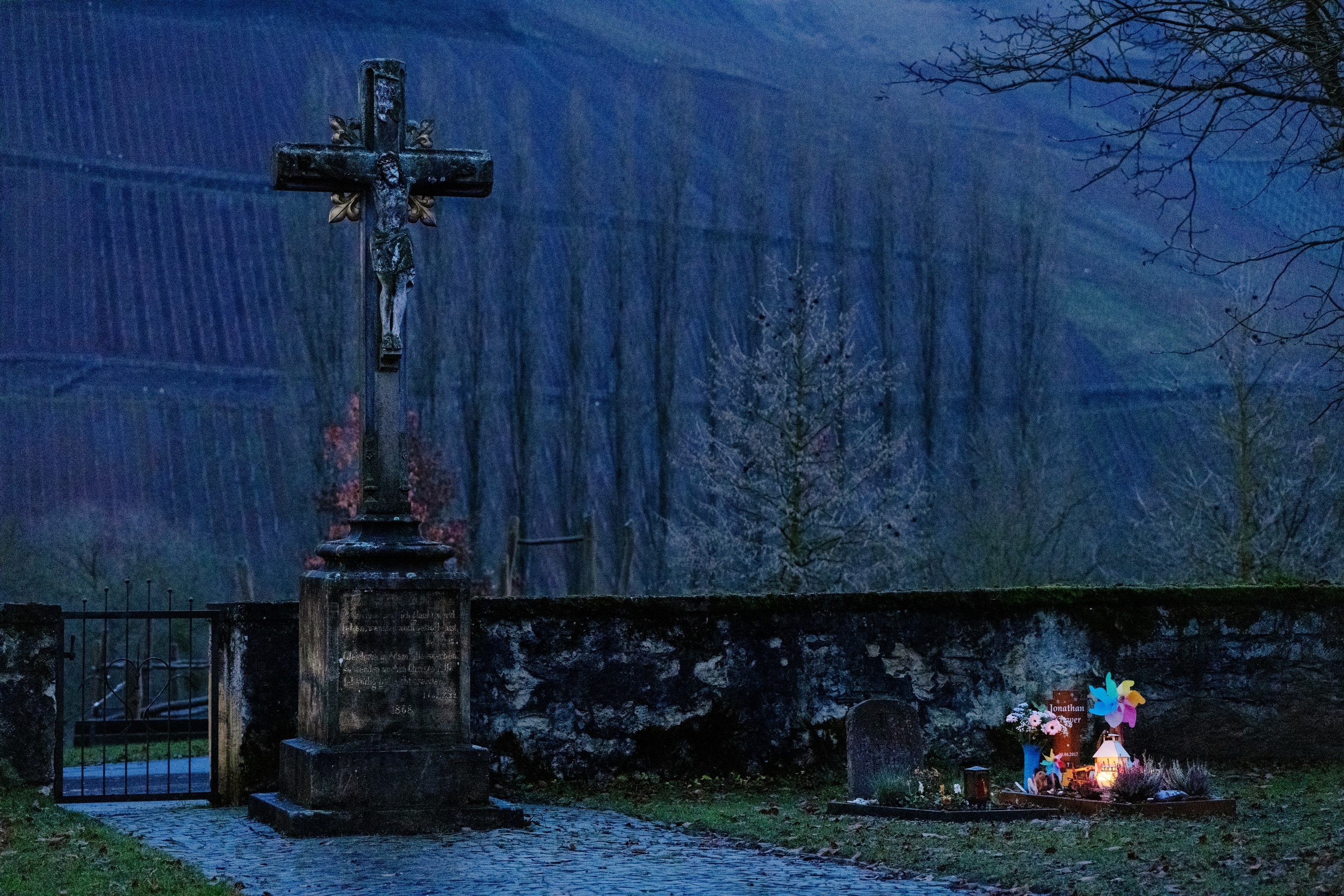
In recent years, some parents deprived of the grieving process have embarked on complex quests to track down their children’s final resting places. In 2018, according to an Australian news report, Tony Canavan traveled from his homeland of Ireland to Melbourne, Australia, for a ceremony honoring his stillborn daughter, Sandra, on what would have been her 50th birthday. Canavan and his wife had moved to Australia in 1967 “to start a new life,” the report said, but the couple returned to Ireland after Sandra’s stillbirth. She had been buried with approximately 350 other babies in a mass grave; another grave at a different Melbourne cemetery holds some 11,000 babies, according to the article. Nearly three dozen other affected parents joined Canavan for the memorial.
In Germany, Barbara and Mario Martin took on the German parliament in 2012 while trying to legally bury both of their twins (one was stillborn, the other died an hour after birth). Only one weighed more than 500 grams, the threshold at the time for registration as a citizen and official family member. The Martins, who had lost another child to stillbirth a year prior, petitioned the government and eventually prevailed, even earning the support of then-Chancellor Angela Merkel. The next year the nation revised its laws, allowing all stillborn babies, regardless of weight, to be registered and buried upon parents’ requests.
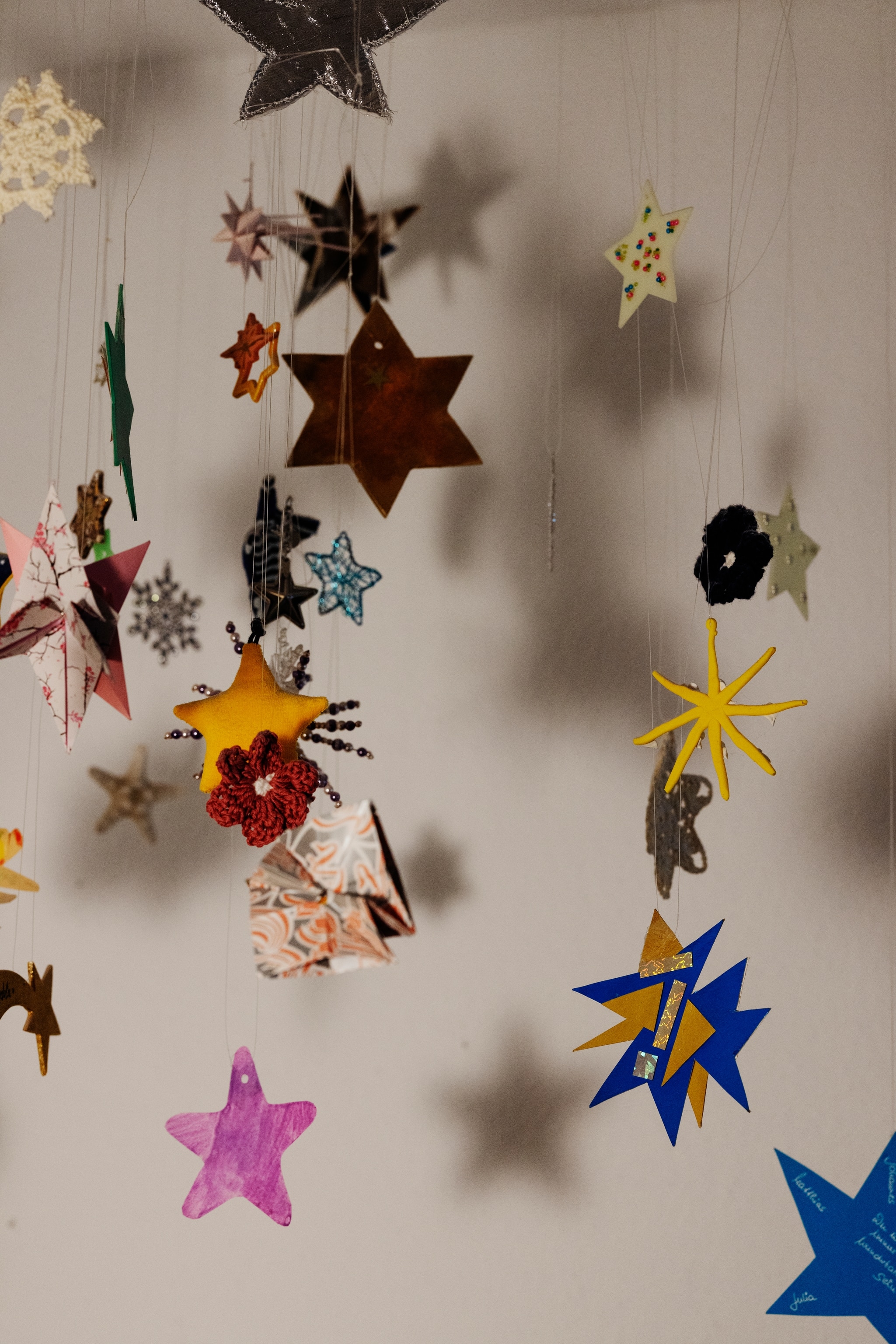
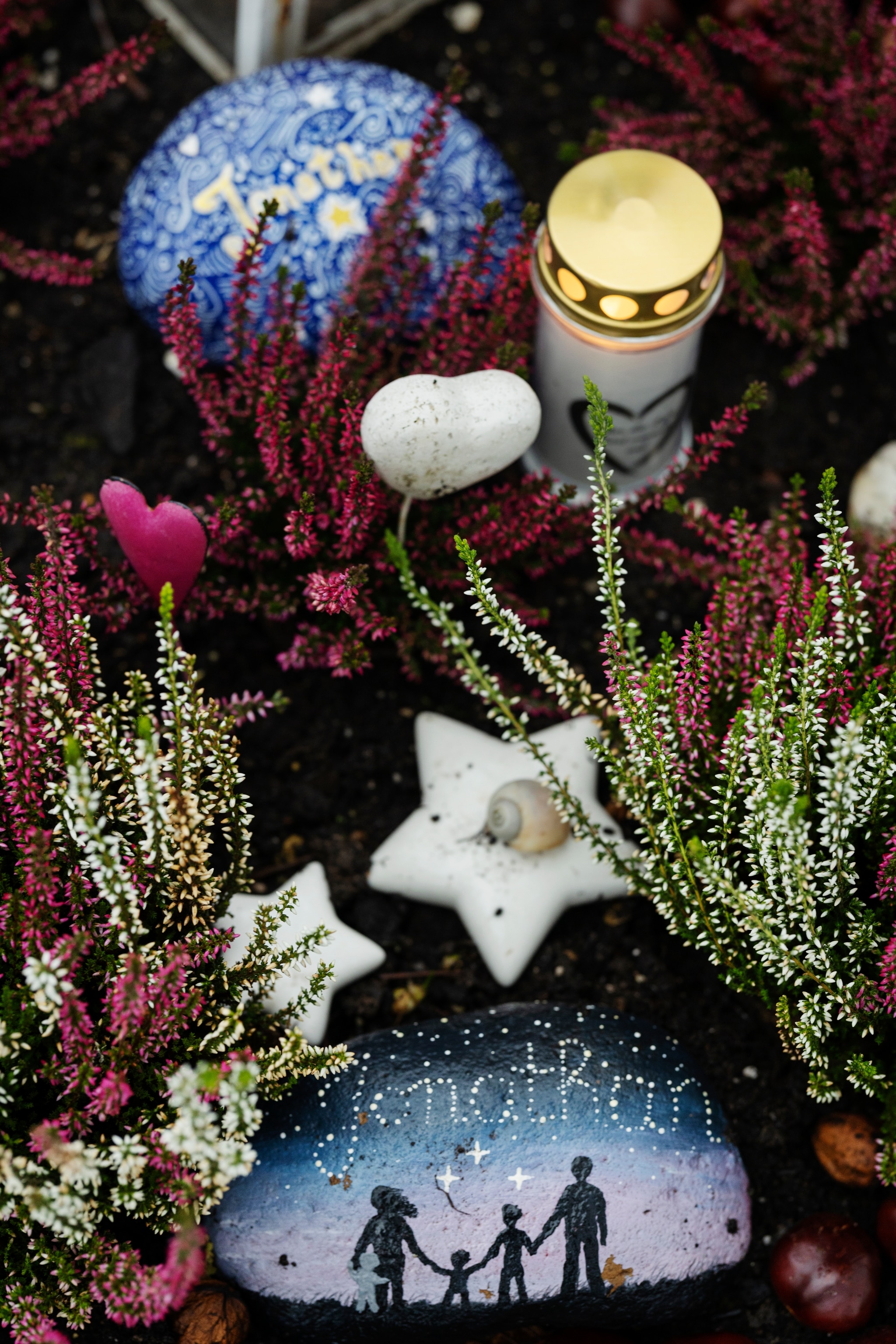
For German couple Kerstin and Rainer Knaack, being able to visit the grave of their daughter, Loah, who was stillborn in 2011 at 33 weeks, not only gives them a chance to honor her existence, it also helps normalize the concept of death for their other two young children. In March, the family visited the burial site at Radolfzell, a city on Lake Constance, to mark Loah’s birthday, which they have done every year. The grave is located in a section of the cemetery specifically dedicated to stillgeburt (stillborn) babies. This year, Loah’s siblings each brought a bouquet of forget-me-nots. The Knaacks also have a photo of Rainer and Kerstin holding Loah displayed in their dining area, along with other family pictures.
“Our children have grown up with it naturally,” Rainer says. “They know they’ve got a big sister in heaven, and she’s cheering them on.”
As comforting as sites like sternenkinder gardens can be for many families, Hansen-Krewer notes that all losses, not just stillbirths, are equally deserving of rituals and remembrance. It’s a distinction that Hansen-Krewer, who also provides photography and doula services to grieving parents, understands on a personal level: Her four losses span Jonathan’s stillbirth and two miscarriages (one with twins). She advises all her clients to find tangible ways of honoring their experiences that feel right to them.
“It doesn’t matter how far along you are, your hopes and dreams are crushed,” says Hansen-Krewer, whose book, Stillbirth Is Still Birth and Star Parents Are Still Parents, helps parents navigate the trauma of pregnancy loss. “There is no place for these sad feelings,” she says, adding that it's important for those going through such loss “to develop rituals to say goodbye.”
Unspoken presence of other parents
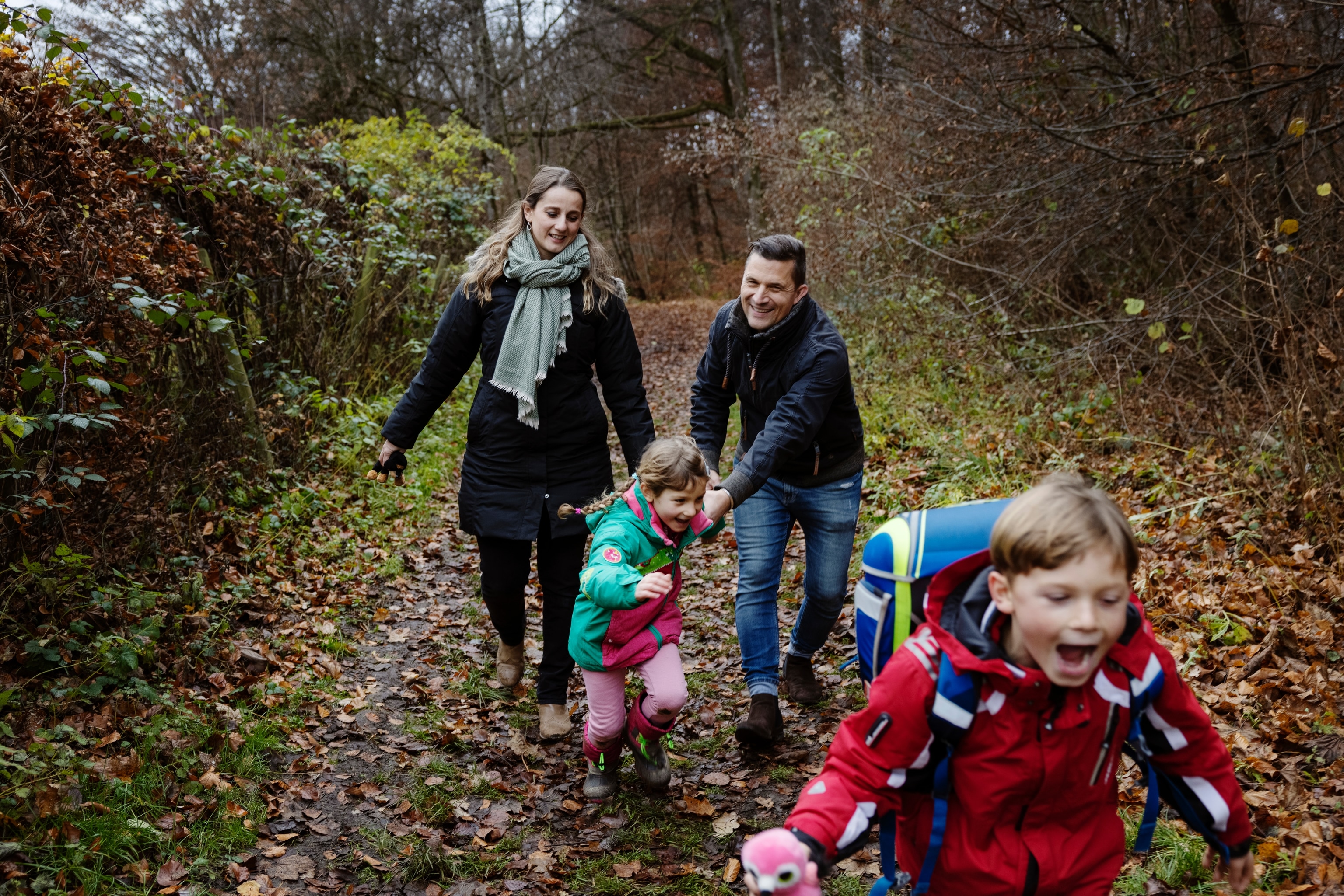
While reporting this story, I kept recalling a tearful conversation with my obstetrician as she explained the procedure that would end my first, and much wanted, pregnancy. After a genetic test revealed chromosomal abnormalities that were, in a genetic counselor’s words that will forever haunt me, “not compatible with human life,” my husband and I made the gut-wrenching decision to terminate at 13 weeks.
Overcome with emotion, I somehow managed to ask her a question I still think about: Would there be any remains?
She answered honestly, comfortingly, without an ounce of judgment: “No, unless that’s what you want.”
I’m not sure what I wanted at the time. But I have no doubt that if a place like the Memory Garden, located about 30 minutes south of where we lived in San Francisco, had been around then, I would have been a regular visitor, especially in the debilitating anguish of those early days and weeks when I was no longer pregnant. So perhaps it’s time to find a proper way to preserve the few memories I do have: a wondrous sonogram image, its perfect profile and tiny hand raised in a wave; or the yellow knit hat I bought in a village in Chile during a work trip abroad. These cherished keepsakes are currently tucked away in our storage unit in Florida, where we eventually plan to live long-term, awaiting their own special place in our permanent home.
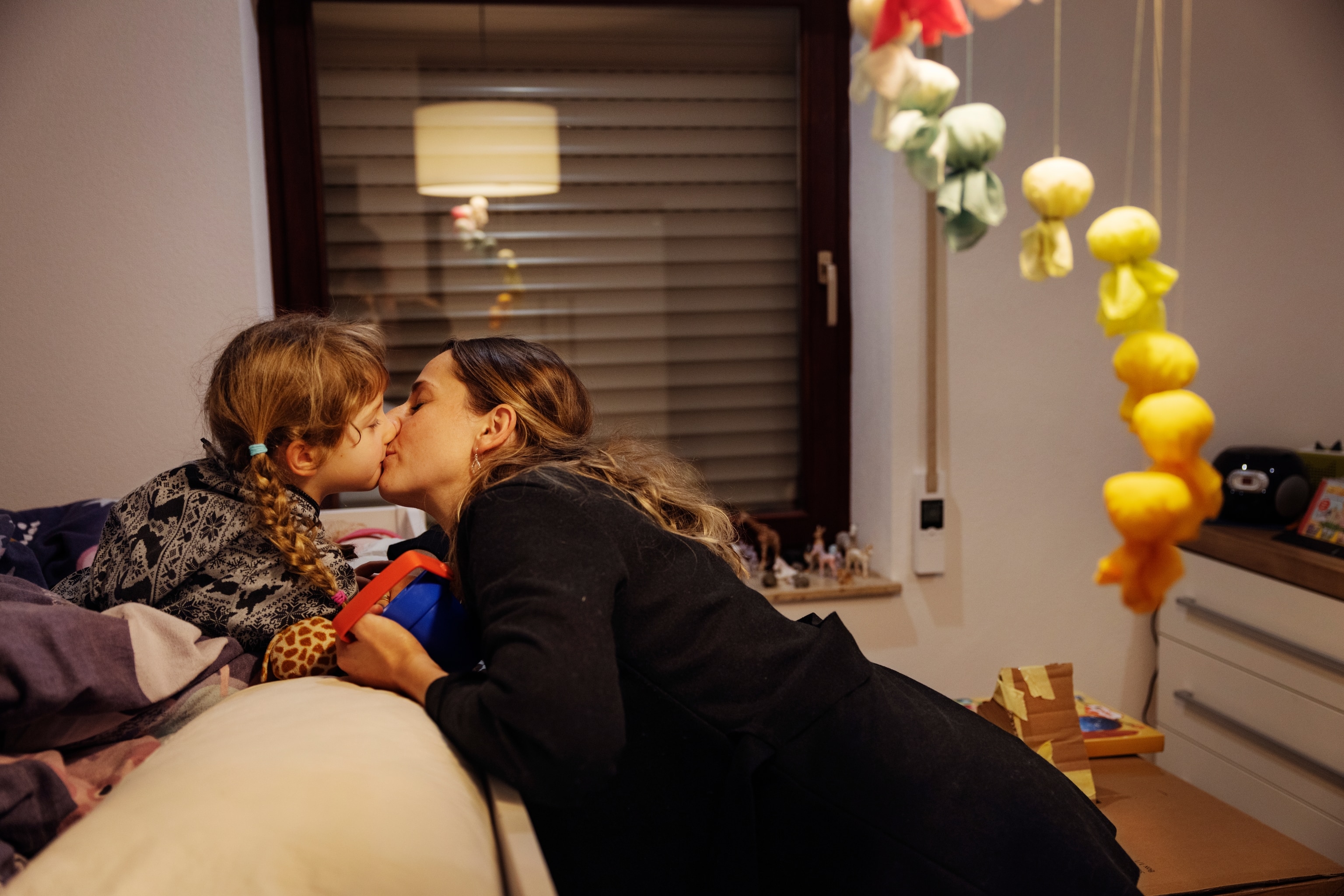
For now, I continue to mark my December 5 due date by lighting a yellow candle symbolizing strength. But this year, I also visited a sternenkinder garden. On a cold, gray Sunday afternoon, I sat in contemplative silence and reflected. I acknowledged the countless hours spent grieving over all that has been lost, for me and millions of others around the world. I said a prayer of gratitude for all that is. And I gathered comfort from the unspoken presence of other parents who understand.
Blane Bachelor is a Florida-born, Berlin-based freelance journalist who enjoys writing about travel, outdoor adventure, and women doing awesome things. She’s grateful every day to be a mother to her five-year-old son. Visit her website at www.blanebachelor.com.
Andrea Gjestvang, a photographer based between Oslo and Berlin, explores contemporary social issues in the Northern hemisphere.


